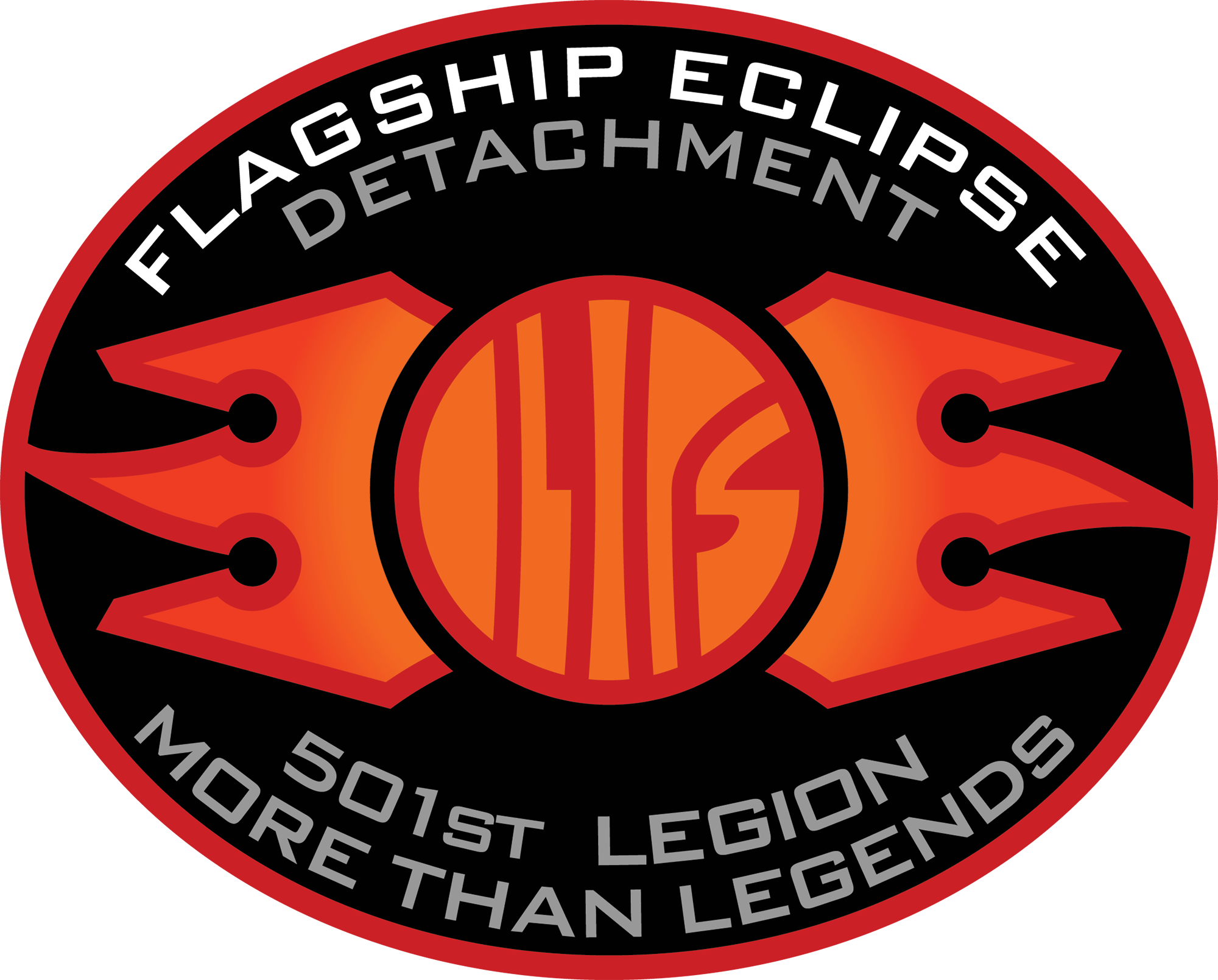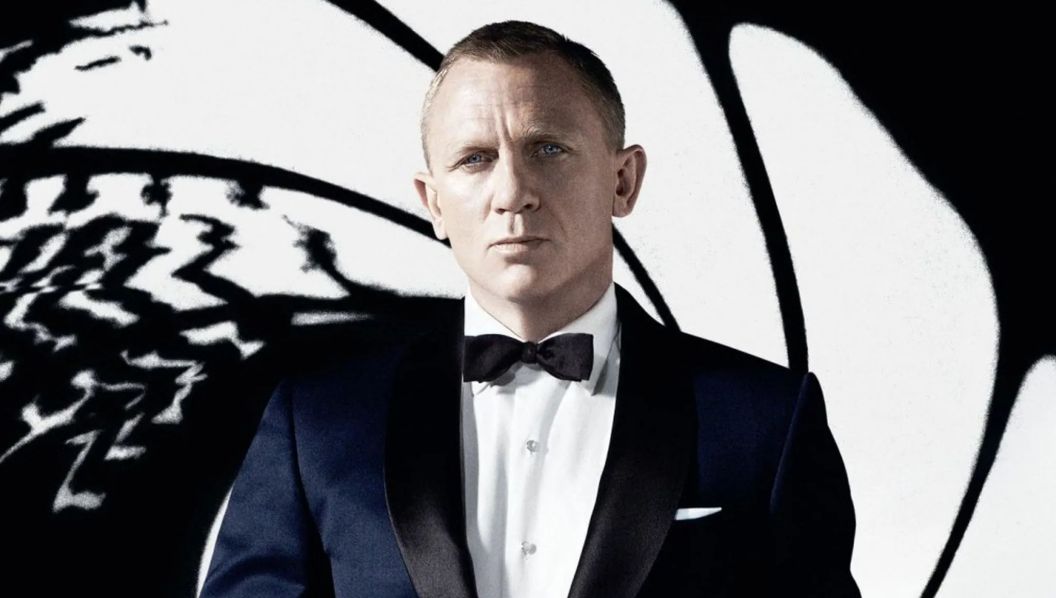
Loaded with as many iconic action scenes as it is memorable one-liners, the James Bond franchise is a storied one. And with creative control now in the hands of Amazon MGM Studios, it has undergone its biggest shakeup to date. When the film saga kicked off in 1962 with Dr. No, the IP was guided by Albert R. Broccoli and Harry Saltzman. Over time, Broccoli’s daughter, Barbara Broccoli, and stepson, Michael G. Wilson, took on increasingly important roles in the franchise until the franchise’s overall direction became exclusively their purview. This means that, after 25 films and six different actors, Bond and his adventures will only be partially overseen by the Broccolis.
Now that the franchise is entering a new era, there’s no better time to look at its most recent era. Specifically, Daniel Craig’s. Not all of his films were great, but if there were never to be another actor playing Bond, it’s undoubted the character would have gone out with a very successful bang.
5) Quantum of Solace
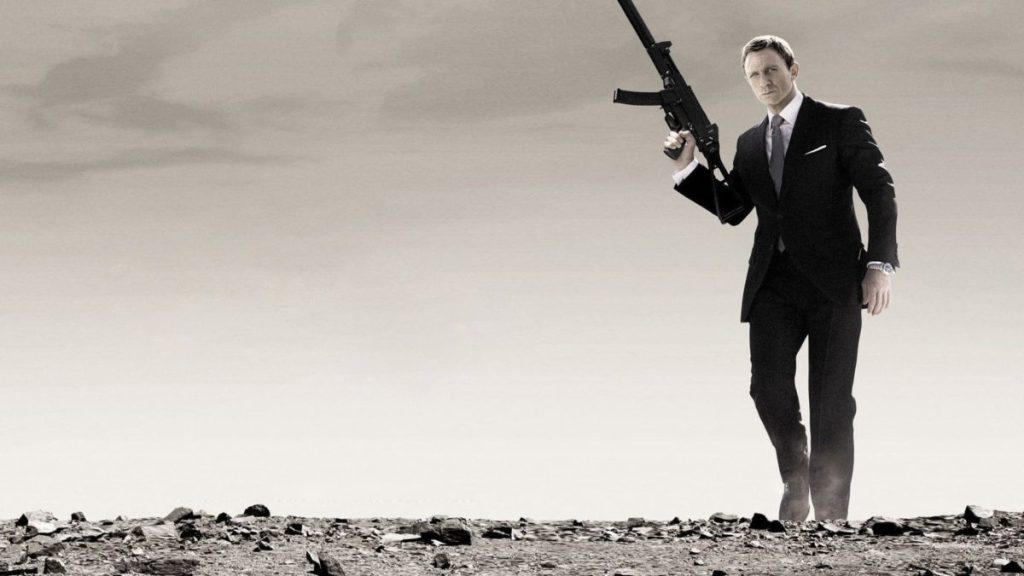
Just as fans of the original Star Trek movies say the even numbered ones are the good ones, the odd numbered ones are the good ones with the Daniel Craig Bonds. From the baffling title (which admittedly came from an Ian Fleming short story in For Your Eyes Only) to the very un-Bond-like opening tune from Jack White and Alicia Keys, Quantum of Solace seems like it was cobbled together in a rush. And, to a degree, it was.
As is basically common knowledge by this point, the script for Quantum was heavily affected by the 2007–2008 Writers Guild of America Strike. It shows, with much of the dialogue coming across as inorganic and more than a few scenes that either start too abruptly or go nowhere. It’s not all bad, though. It’s the only Craig Bond movie that feels like Casino Royale, its picking up of that film’s grief-laden thread is mostly effective, and Olga Kurylenko is wonderful as Camille Montes. Even still, when the movie isn’t bland, it’s like The World Is Not Enough in that it seems to feel that replicating successful scenes in earlier, better Bond films is a worthy road to travel. It isn’t.
4) Spectre
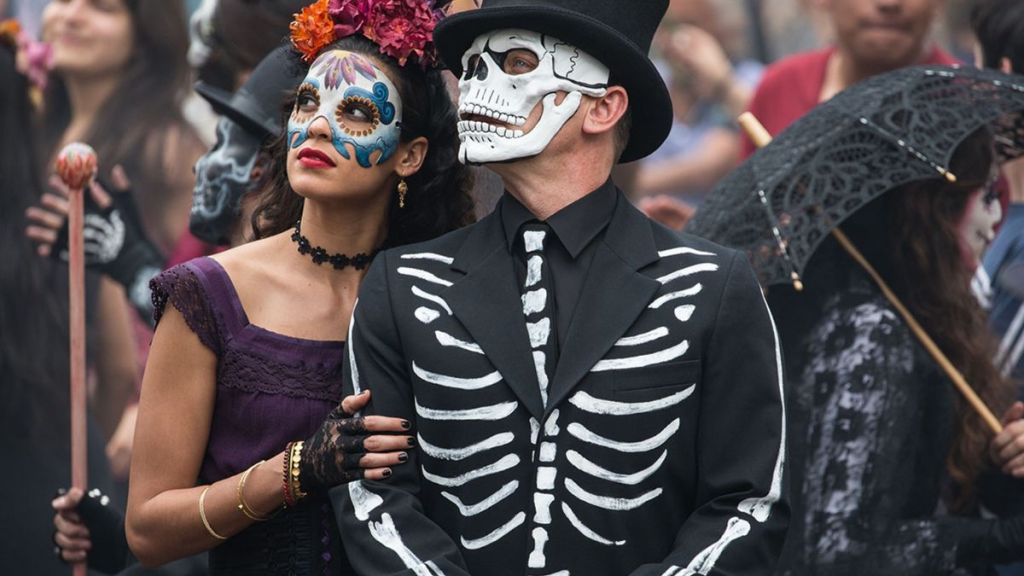
Of Craig’s five Bond films, there are two that don’t work nearly as well as they should. And it’s not just because of the pressure put on them by their immediate predecessor. With Quantum, Casino Royale showed itself to be a hard act to follow. But with Spectre, the pressure was arguably even more intense, because Skyfall proved to be such a phenomenally successful course correction after the letdown of a second film. It was tonally a bit of a reboot, it gave the franchise its best villain in years, arguably ever, and it made a lot of money. Oh, and the director of that very successful film, Sam Mendes, was returning.
But getting Mendes back simply wasn’t enough. And, watching Spectre, one could be forgiven for assuming this was his first time directing a 007 adventure. The biggest problem is that, like Quantum, it’s far too comfortable treading familiar ground. And, here, it does it to even worse effect. When Christoph Waltz was cast, it was an extremely exciting prospect. But as the film neared its release date, the sneaking suspicion that his mysterious character would end up being revealed as Ernst Stavro Blofeld became more and more pronounced. So, when that moment does in fact happen, it generated more eye rolls than gasps. It would be fine if Waltz was put to particularly good use, but he isn’t. The only reasons Spectre doesn’t rank below Quantum here are the fact it’s visually stunning (just like Skyfall), the opening scene is one of the best in the franchise’s history, and Léa Seydoux’s Madeleine Swann made for a fantastic addition to 007 canon.
3) No Time to Die
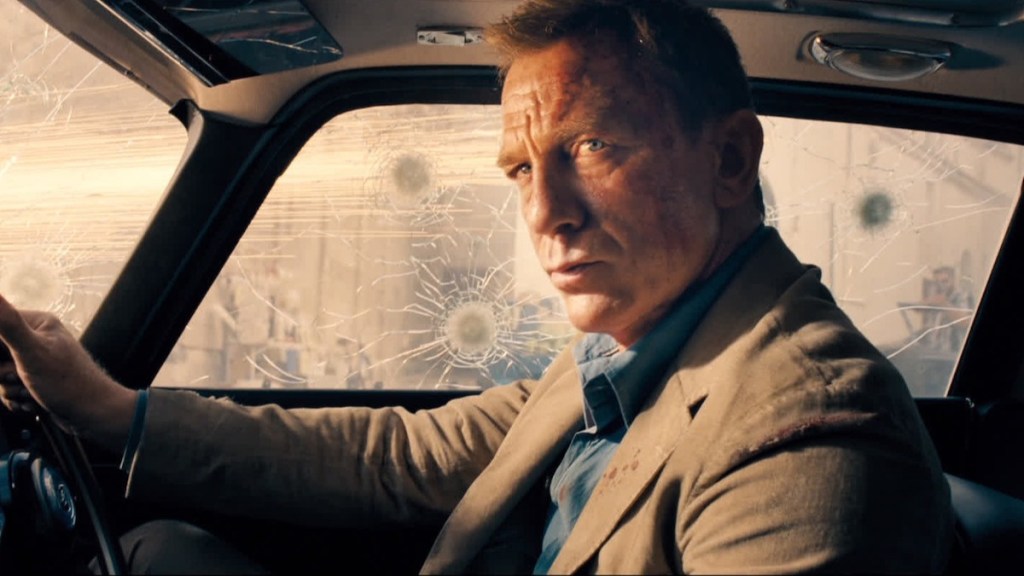
Craig’s fifth and final 007 adventure, No Time to Die, is nothing if not ambitious. Even if the film can sometimes crumble under the weight of that ambition, a lot of credit should be given director Cary Joji Fukunaga for jumping into the franchise and making the film work at all. It came on the heels of Skyfall and Spectre, and both visually and tonally it keeps in line with those two Mendes films. It also does a good job of continuing plot threads established in that duo. Given how the franchise had re-established itself as a grounded enterprise, this was important, even if some threads in Spectre weren’t beloved the first time around.
Admittedly, No Time to Die functions best when it is picking up these threads. Because, when it comes to new threads, specifically anything regarding Rami Malek’s Lyutsifer Safin, it falls flat on its face. Malek saw his star rise quite a bit with Mr. Robot and Bohemian Rhapsody, so like with Christoph Waltz in Spectre, it was exciting to see him hop aboard an A-list property in a villainous role. But at least Waltz’s Blofeld received a remotely fleshed out backstory in Spectre. Here, Safin is an enigma. It’s not even intentionally, he’s more just a character with very little screentime, and by extension is given very few chances to actually make some sort of discernable impact. But, when viewed as a whole, No Time to Die is a success. For one, its action sequences are top-notch, especially the forest fight and the extended scene with Paloma (played by a very game Ana de Armas). Two, it nails the continuing dynamic between Bond and Swann. And three, it had the guts to actually kill of Bond, and it did so in a way that felt organic to what the four preceding films had established. Not to mention, it was nice to see Jeffrey Wright’s Felix Leiter again.
[RELATED: Henry Cavill Almost Beat Daniel Craig for James Bond]
2) Skyfall
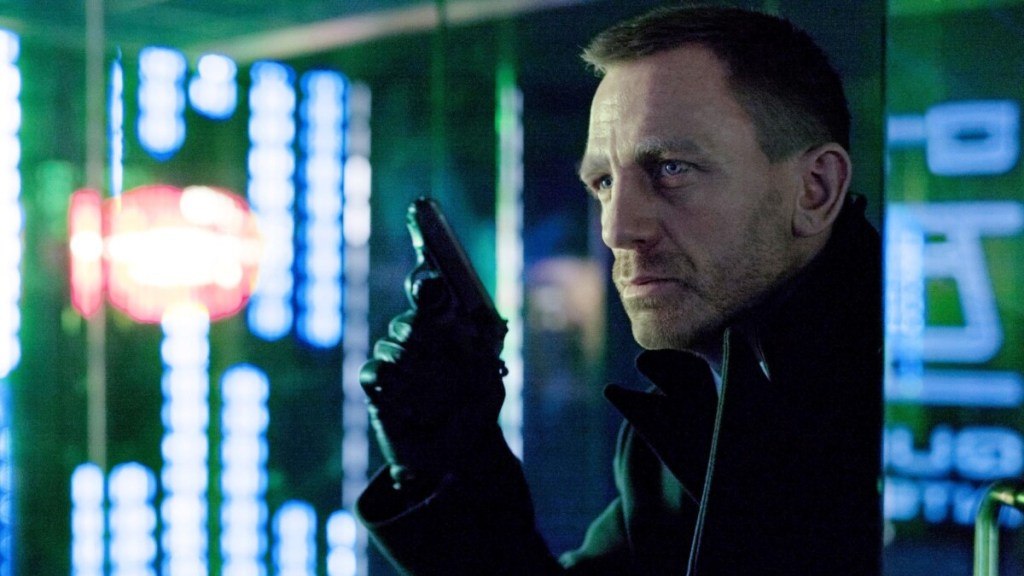
Not many Bond actors have starred in two Gold-tier 007 adventures, but such is the case with Craig. Brosnan only had GoldenEye and Moore only had The Spy Who Loved Me. This helps make it easy to see why, when people are ranking the stars who have brought James Bond to life, most people have a hard time deciding between Craig and Connery. Skyfall is fantastic because it stands on its own while also feeling both like a continuation of the two films that preceded it and like a precursor to the two films that would follow. As to the latter point, it introduced Naomie Harris’ Moneypenny, Ben Whishaw’s Q, and Ralph Fiennes’ Mallory (M). All of them are legacy characters, yet they’re successfully played as a merger of new and renewed.
Skyfall is also graced with a truly iconic 007 villain in Raoul Silva, who is played with a heartbreaking yet terrifying edge by Javier Bardem. And yet, what really helps Mendes’ film stand above most other installments of the franchise (aside from the saga’s best cinematogrpahy courtesy of Roger Deakins) is its focus not on Bond, but on Judi Dench’s M. Dench immediately announced herself as a natural inclusion to the canon in GoldenEye, and she remained a presence for seven straight films (eight including her cameo in Spectre). Yet, outside of The World Is Not Enough, she was never quite used as much as she could have been in the Brosnan films. That started to change a bit in Casino Royale, where her dynamic with 007 was fleshed out a bit, but at the end of the day Skyfall revolves around her. It still fully works as a Bond film, but it’s just as much a send-off for M (and, really, Dench).
1) Casino Royale
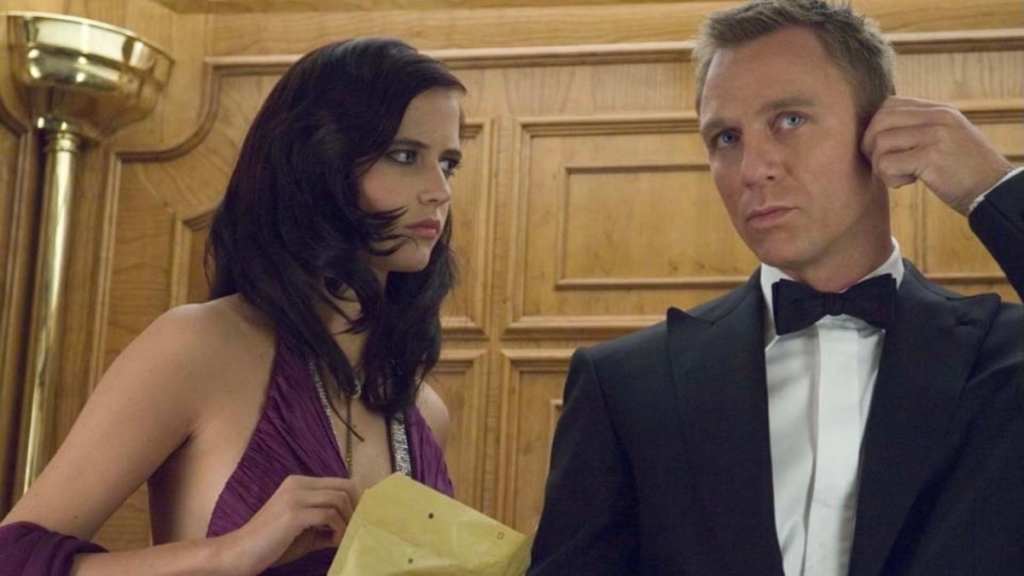
There’s a reason many Bond fans have a hard time deciding which movie is the best, Goldfinger or Casino Royale. They’re equally entertaining and equally important to the canon, yet they’re very different films. Just over ten years after he successfully injected new life into the franchise with GoldenEye and Pierce Brosnan, Martin Campbell did much the same with Casino Royale and Craig. From moment one Casino Royale announces itself as a breath of fresh air for the franchise. The black and white opening scene tells the audience the film plans on going back to basics. No more outlandish gadgets, no more space-set laser battles, no more ice castle set pieces, no more villains who can’t feel pain. Then the film jumps into its now iconic parkour sequence, which proved that, even after 20 films and nearly 45 years, the IP was capable of doing more than tread familiar ground.
Everything about Casino Royale works perfectly with the exception of Chris Cornell’s song that plays over the opening credits. This is especially true not just of Craig and his work, but his chemistry with Eva Green. Madeleine Swann certainly was a great character, but it’s Green’s Vesper Lynd who will always be the definitive “Bond Girl,” because she’s so much more. She’s Bond’s beating heart, and once she dies, he has to keep moving forward anyway. It’s doubtful the character’s presence would be felt in four subsequent films in which she’s absent were it not for Green. Toss in fantastic work from Mads Mikkelsen as the atypical Bond villain Le Chiffre and Casino Royale is the best a 007 film can be.
Though, rumor has it, Craig himself wasn’t particularly good at Poker.
How would you rank Daniel Craig’s Bond films? Let us know your thoughts in our comment section!
The post Every Daniel Craig James Bond Movie Ranked From Worst to Best appeared first on ComicBook.com.
